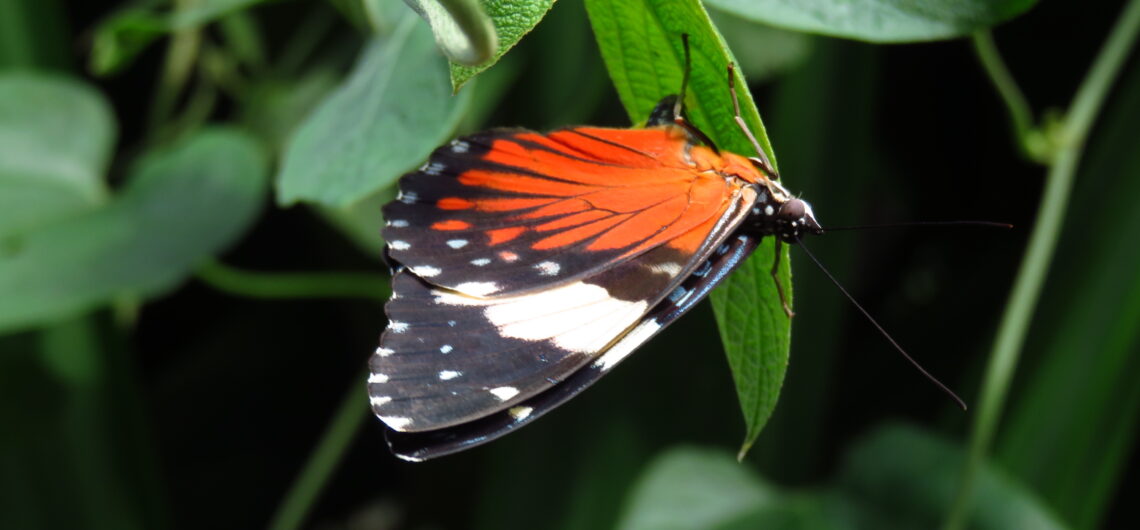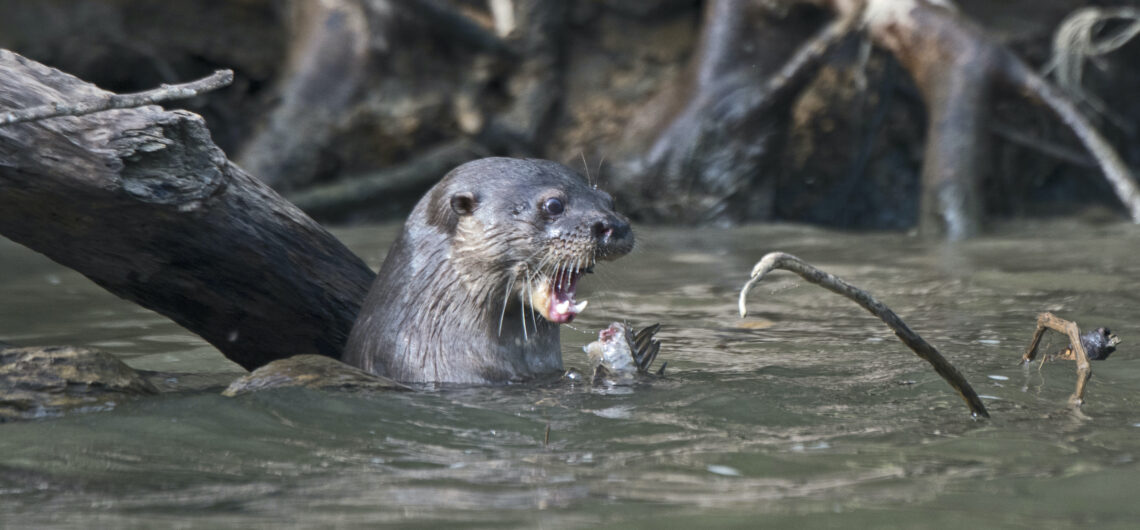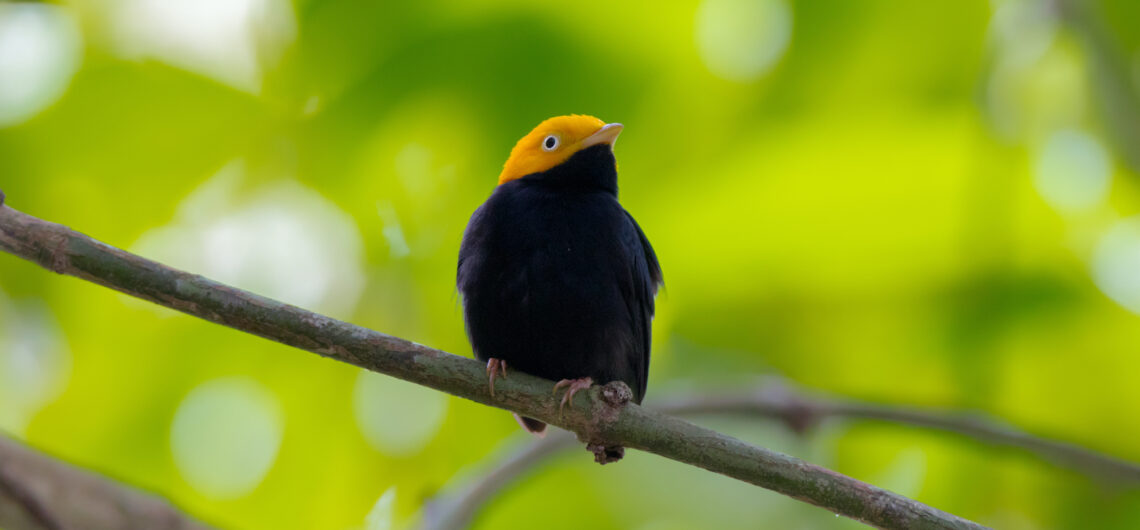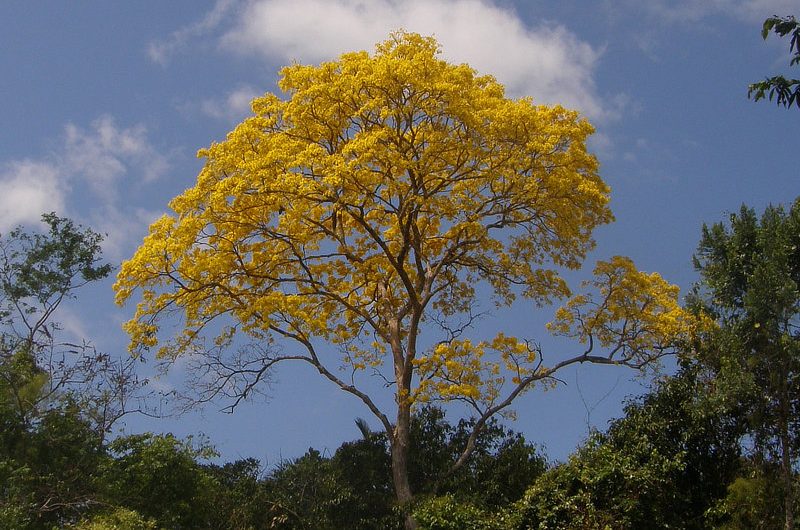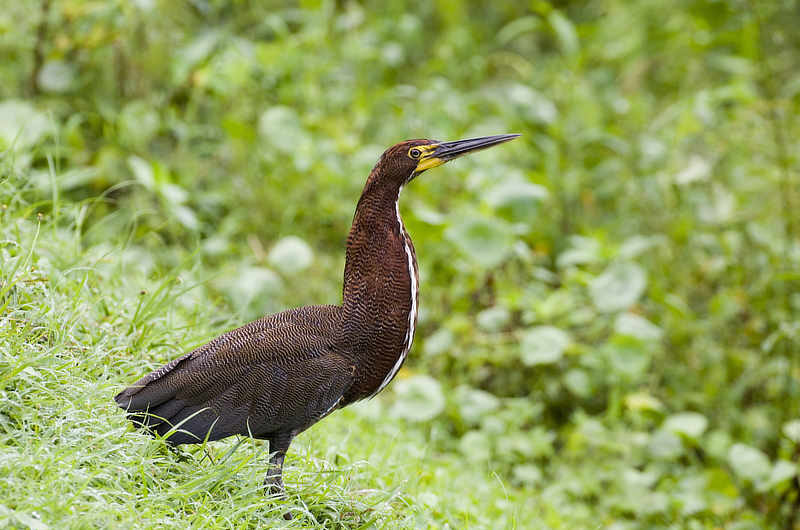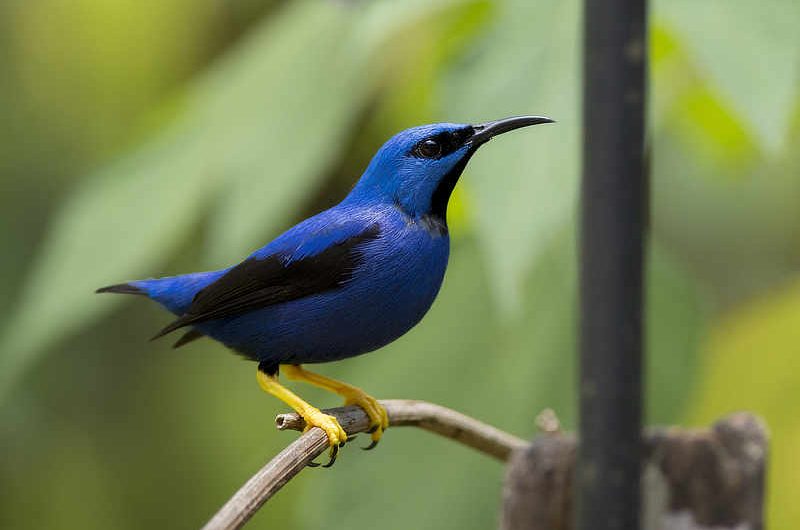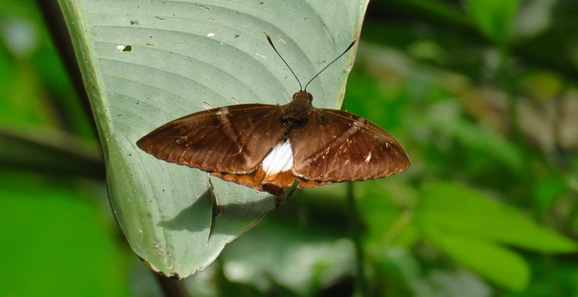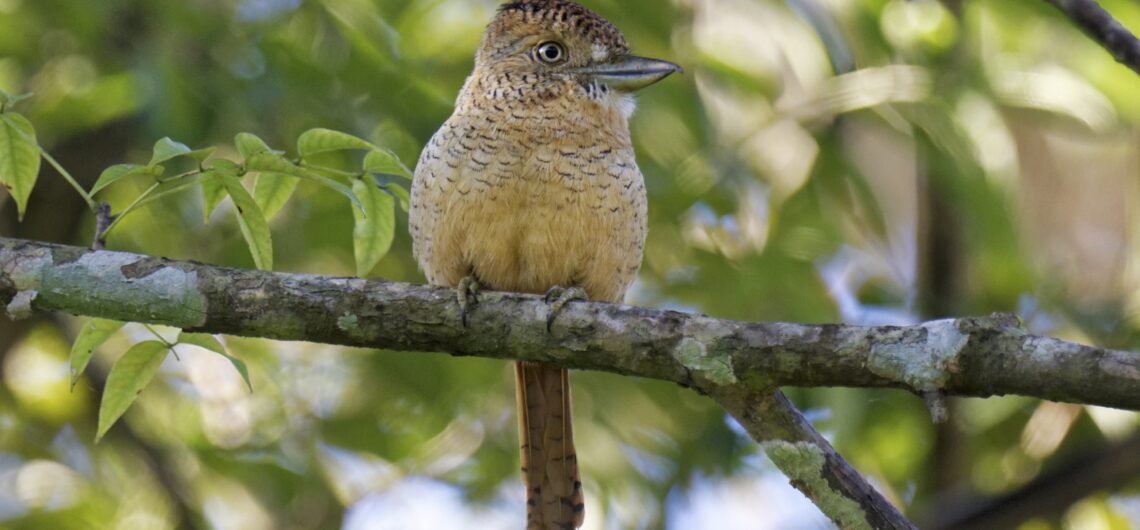Red Cracker Hamadryas amphinome Photo by Jenn Sinasac The Red Cracker is a truly flashy butterfly! Among some very interesting behaviors, the Red Cracker butterfly is strikingly beautiful – bright metallic blue and
Neotropical River Otter Lontra longicaudis Photo by David Tipling Similar in appearance to its close cousins, the Northern and Southern River Otters, the Neotropical River Otter is 90-150 cm in length—its long, tapered
Golden-headed Manakin Ceratopipra erythrocephala Photo by Rafael Lau Male Golden-headed Manakins are immediately recognizable by their glossy black body and brilliant yellow head and white eye. Their yellow head may show a reddish
Expanded Lobster Claw Heliconia latispatha Photo by Jerry & Linda Harrison Of all the thousands of tropical plants, Heliconia is one plant genus that many people visiting Panama recognize. Even determining species is
Guayacan Trumpet Tree Tabebuia guayacan Photo by Jenn Sinasac Every March, the forestscape bursts with color as the Guayacan trees start to bloom, producing a full crown of golden, tubular-shaped flowers. It is
Crimson Passion Flower Passiflora vitifolia Photo by Jenn Sinasac One of the large, conspicuous flowers of the forest understory, the Crimson Passion Flower is one of the most beautiful sights when blooming! This
Rufescent Tiger-Heron Tigrisoma lineatum Photo by David Tipling The Rufescent Tiger-Heron is one of several beautiful and iconic herons of the Neotropics. At 68 cm tall, this fairly large heron has a bittern-like
Shining Honeycreeper Cyanerpes lucidus Photo by Rafael Lau The Shining Honeycreeper is a vibrant member of the tanager family. It is a small (10 cm), plump honeycreeper with a long, thin decurved bill
Giant Butterfly-Moth Castniomera atymnius Photo by Jenn Sinasac The Giant Butterfly-Moth is one of the most intriguing of Panama’s insects. This diurnal moth creates much confusion when it comes to identification—it is easily
Barred Puffbird Nystalus radiatus Photo by Uwe Speck Puffbirds are well-named for their puffy appearance. As relatives of kingfishers, they have big heads, short necks, large bodies, large bills for catching insects and

